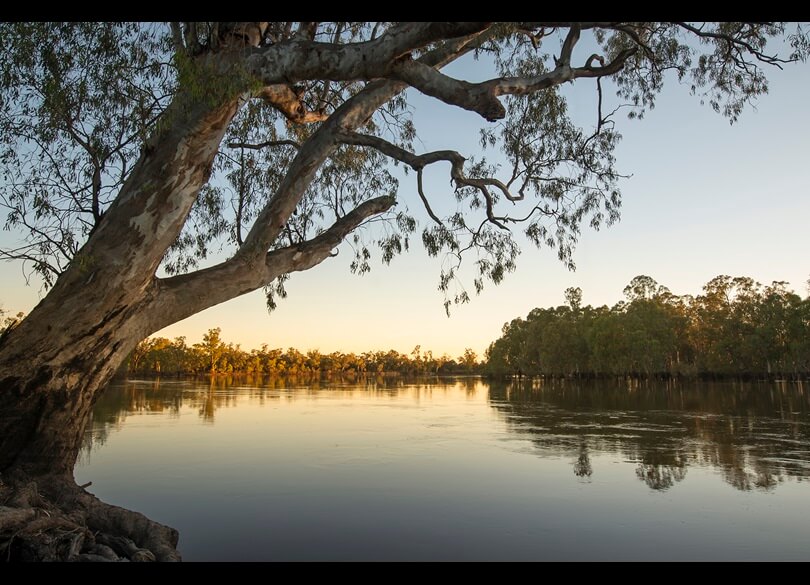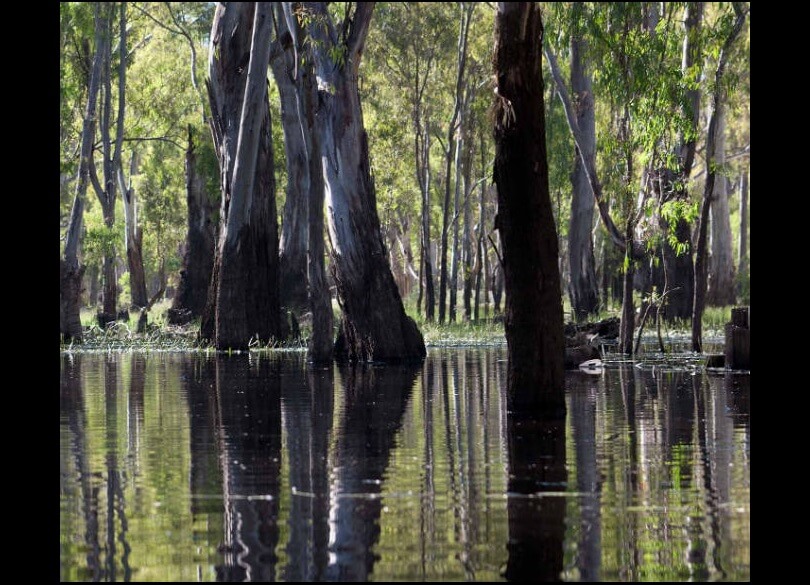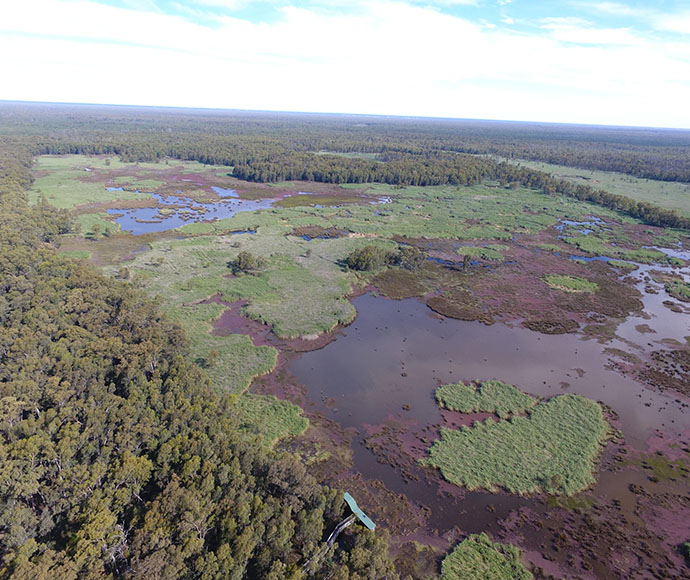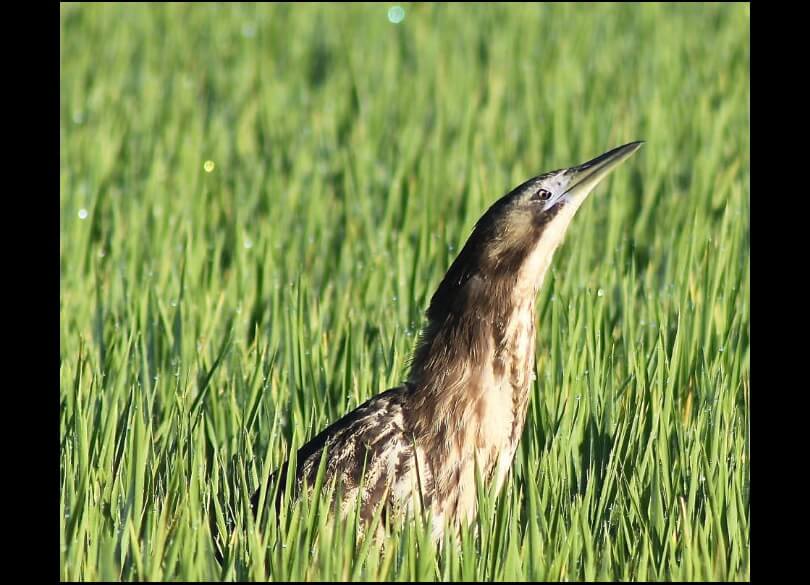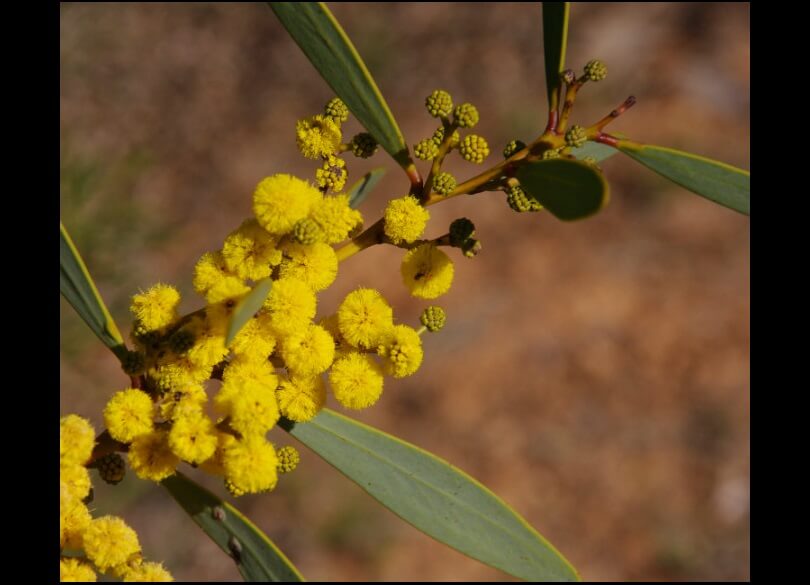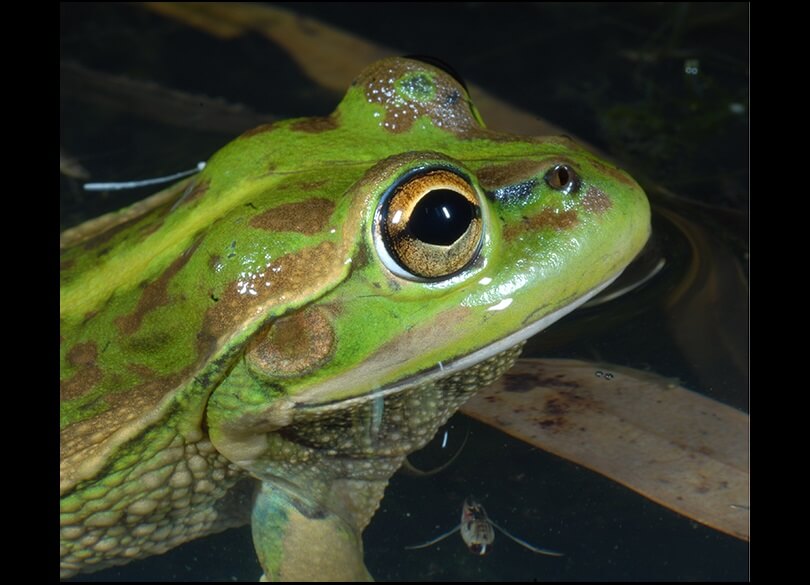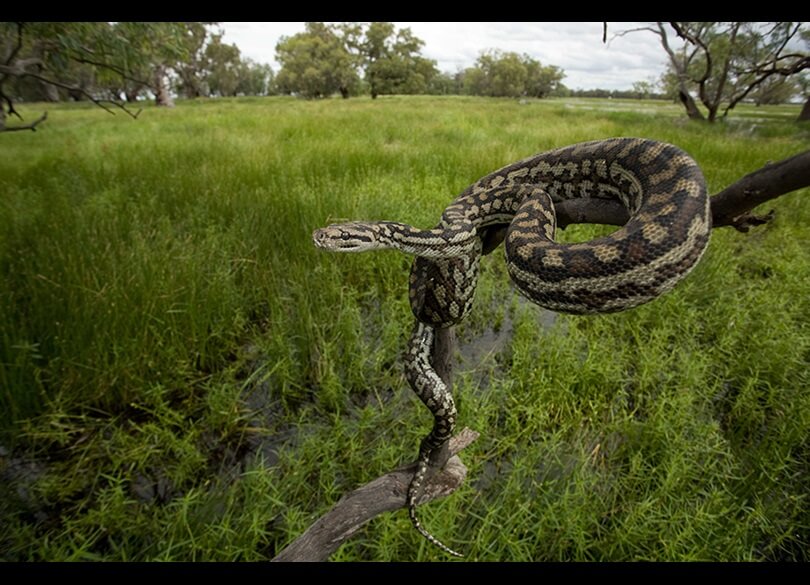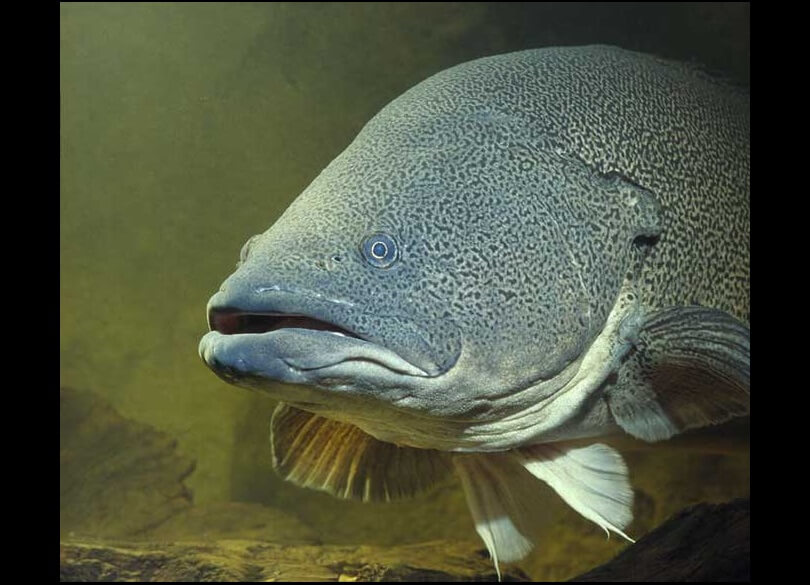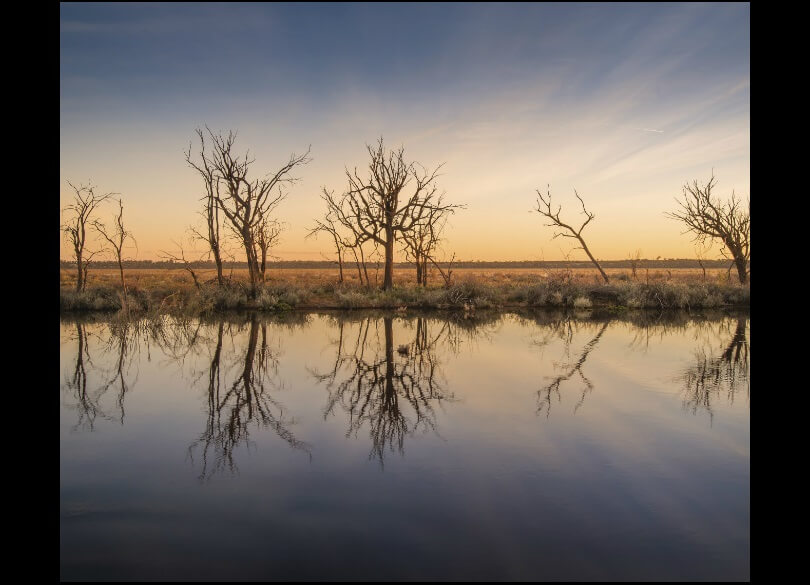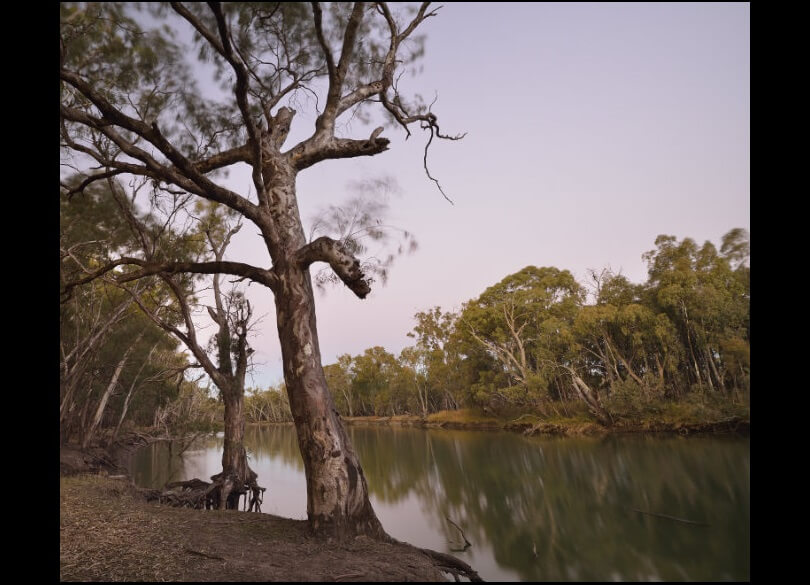The river red gum parks of the Riverina include:
- more than 100,000 hectares of national park
- regional parks
- state conservation areas
- lands proposed for Aboriginal management.
Together with parks from across the border in Victoria, the NSW river red gum parks form the largest area of river red gum conservation reserves in the world.
These reserves were established in 2010 following a 2009 assessment of the Riverina Bioregion by the NSW Natural Resources Commission.
Where are the river red gum parks in New South Wales?
The river red gum parks are found along the banks and wetlands of the Lachlan, Murray and Murrumbidgee Rivers.
Why are the river red gum forests important?
River red gums are widespread across Australian inland river systems. These valued trees grow to a height of 30 metres and are thought to have a lifespan of 500 to 1,000 years.
It is important to protect the river red gum forests of the Riverina because of:
- Ecosystems and biodiversity – they provide an ecosystem for many species, including some native animal and plants and ecological communities which are listed as endangered or threatened
- Wetlands – they contain wetlands of state, national and international significance
- Aboriginal cultural significance – the forests of the Riverina are culturally and spiritually significant to local Aboriginal people, and many places, plants and animals are important to local and regional communities.
The river red gum forests, wetlands and floodplains provide essential breeding and feeding habitats for animals, birds, fish, invertebrates and plants. They also provide refuge for many migratory birds.
The rich diversity of species includes the intermediate egret, the eastern snake-necked turtle, the common brushtail possum, the barking owl and the slender Darling-pea.
The river red gum is the dominant species of tree.
Threatened species
Many species in the river red gum forests and wetlands are listed as vulnerable or threatened, including the superb parrot, the southern bell frog, the squirrel glider, trout cod, inland carpet python as well as the Mallee golden wattle, Australian saltgrass, pink velvet bush, the grey falcon, and the hooded plover.
The Ramsar-listed Central Murray Valley wetland is home to over 60 threatened native animal species and 40 threatened plant species including:
Vulnerable species in the Murrumbidgee catchment area include the malleefowl, chestnut quail-thrush, Gilbert’s whistler and southern scrub-robin.
Unfortunately, the health of the river red gum rivers, forests and wetlands has been impacted by inadequate water flows and in some areas up to 75% of the river red gum trees are stressed, dying or dead. This has affected the food source, habitat and breeding pattern of plants and animals, including migratory waterbirds.
We are working to improve the flow of environmental water to the river red gum parks.
One of the most ecologically important features of the river red gum forests is its wetlands.
The NSW Central Murray forests are listed as internationally significant wetlands, reflecting their highly significant ecological values and social, cultural and economic importance. These forest wetlands cover an area of 83,992 hectares and consist of 3 subsites: the Millewa, Werai and Koondrook Forests. All 3 depend on flows from the Murray River.
NSW Central Murray Forests were listed as a Ramsar site in 2003 because they:
- contain representative and unique wetlands
- contain threatened species and ecological communities
- support species at a critical stage of their breeding/migratory/life cycle and provide refuge in adverse conditions
- provide a food source, nursery or migration path for fish.
River red gum forests depend on reliable access to surface or groundwater to survive and thrive. Water restrictions to the Murray river, logging and grazing have all contributed to decreased water flows to the forests and wetlands. We continue to work to provide improved water access to these forests.
The NSW Government, in conjunction with the Murray Darling Basin Authority (MDBA) and stakeholder groups, has been supplying environmental water to these forests for more than 15 years. The Barmah/Millewa forests have had an annual environmental water allocation of up to 100 gigalitres for over a decade. This water will continue to be available for the future.
The Millewa forest also benefits from its status as a ‘Living Murray icon site’, which means it has been identified as a priority asset for environmental water delivery. The NSW Government has already recovered 220,000 megalitres of water under the Living Murray Initiative and is working with the MDBA to manage water delivery to the Living Murray sites.
The MDBA, the department and the NSW Office of Water have been working together on major capital works that will assist the watering of these forests and wetlands.
Aboriginal people have lived in the river red gum areas for thousands of years. It is believed the forests along the Murray River were among the most densely populated areas before European arrival. They are rich in Aboriginal cultural heritage, including burial sites, scarred trees, oven mounds and shell middens.
Local Aboriginal people have a strong connection to Country in the forests, wetlands and rivers. For example, the Werai forests have traditional and contemporary significance to the local Wamba Wamba/Wemba Wemba and Barapa Barapa/Perrepa Perrepa people.
Many local Aboriginal people have a custodial responsibility to look after the biodiversity and cultural heritage of the river red gum forests and wetlands by:
- ensuring the flow of environmental water through the wetlands
- protecting Aboriginal cultural heritage sites
- participating in the management of the river red gum reserves.
The NSW Government is working with local Aboriginal groups to assist the transfer of the Werai and Taroo groups of lands to Aboriginal ownership and land management.
